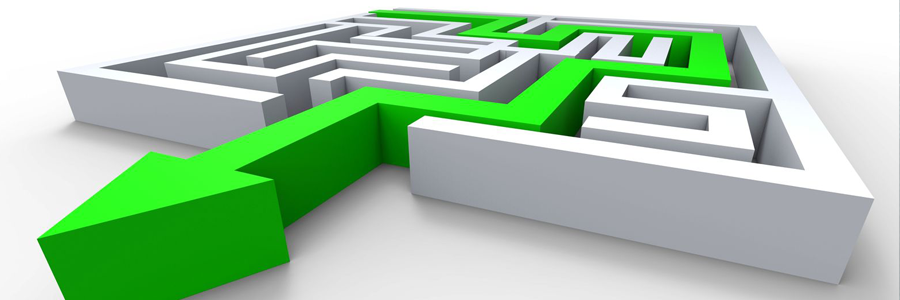
Guidance updates on how lighting industry producers should decide if products are B2C (Household) or B2B (Non-Household) have been issued by the Government. Previous classification was largely based on the route to market, whether B2B or B2C — mainly, sales through retailers were B2C and sales through other channels such as, electrical wholesalers, were B2B. The new guidance now says Producers in the lighting industry should use the nature of the product as the basis for the route to market.
Products designed specifically for businesses should be classified as B2B — and those that are designed for both businesses and consumers are to be classified as B2C.
There are different ways to apply for each different category of equipment — examples of these can be found in the BIS guidance. It is down to the Producer in the lighting industry to make their own assessment of their products and ensure they are targeted at the right consumer.
The guidance on lamps and luminaires will divide as lamps are more generic and interchangeable than luminaires. Luminaires currently of the WEEE regulations should remain classified as B2B, but the guidance suggests the following products could be considered as ‘dual use’ and are out of scope of the regulations until 2019.
- Downlights and spotlights of a domestic scale
- Batten fittings
- Domestic scale decorative fittings
- Corridors/bulkhead luminaires of a domestic scale
- Any luminaires currently considered as B2C
Emergency luminaires should always be classified as B2B and it is recommended that all lamps (led and traditional forms) are classified as B2C except in the following circumstances:
- Stadium lighting
- LED cinema projectors
- Lamps designed for industrial applications
Incandescent lamps remain out of scope of the WEEE regulations — the BIS guidance covers all products declared since 2015.
Read more about the WEEE scheme.
